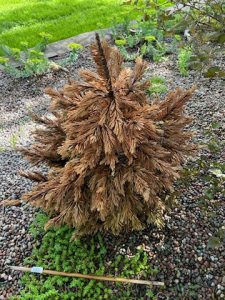By Emily Talago
A tough winter, an abrupt end…
Record breaking lows, high winds, heavy snow pack, a rapid thaw, and hungry wildlife: it was another tough winter and we’re seeing associated symptoms manifest throughout the valley. Over the past few years, temperature fluctuations, including early freezes in fall, and warm Chinook thaws in February, are proving stressful for some plants in our area. While certainly not the degree of devastation circa Spring 2020 (Bozeman alone lost 1000 boulevard and park trees that year), it’s still nerve-wracking when things turn brown or don’t leaf out right away. It’s still too early to assess the full extent of dieback damage. In the meantime, check out this info on the most prevalent problems right now, sharpen your pruners, and do a scratch test. Our hopeful hearts are with y’all as we patiently wait to see what pulls through!
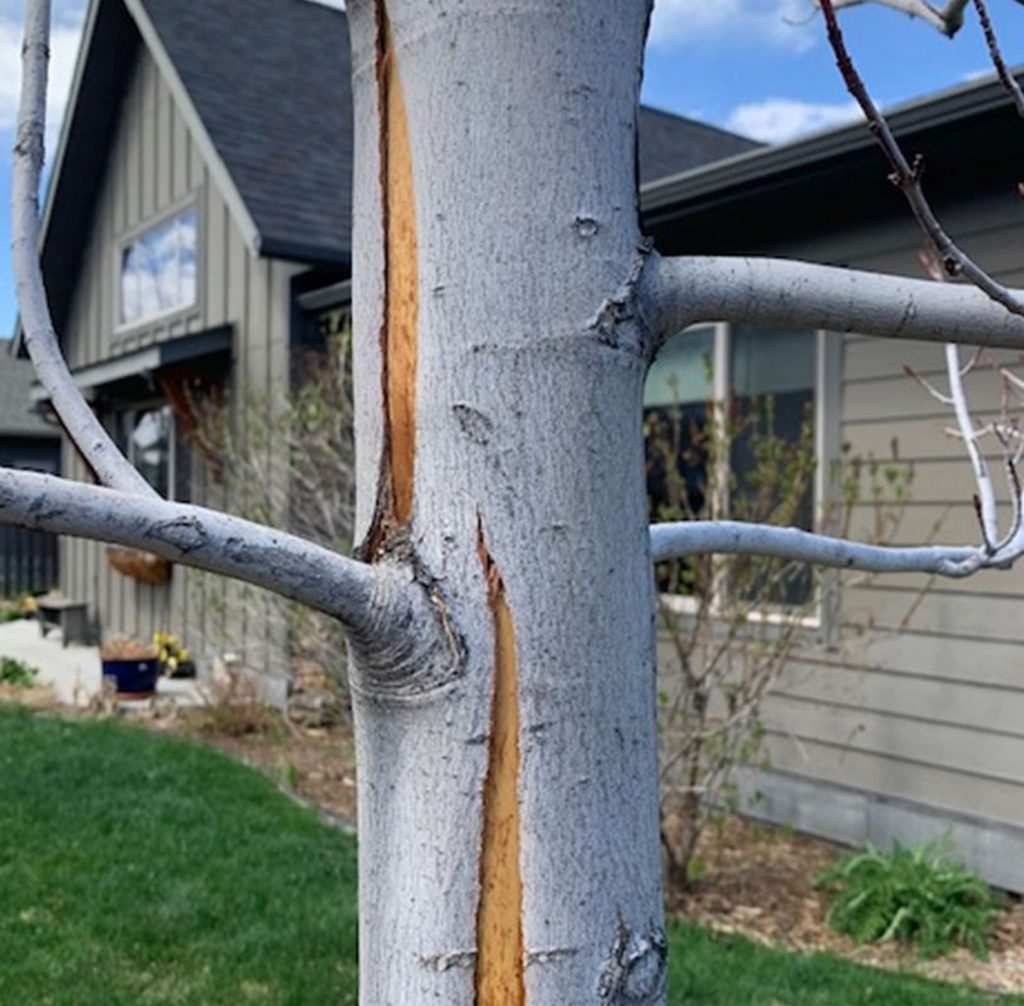
SPLITS+SUNSCALD
A desiccation injury common to young and tender barked trees (like maples). Viability depends on extent of the damage
IS IT DEAD?
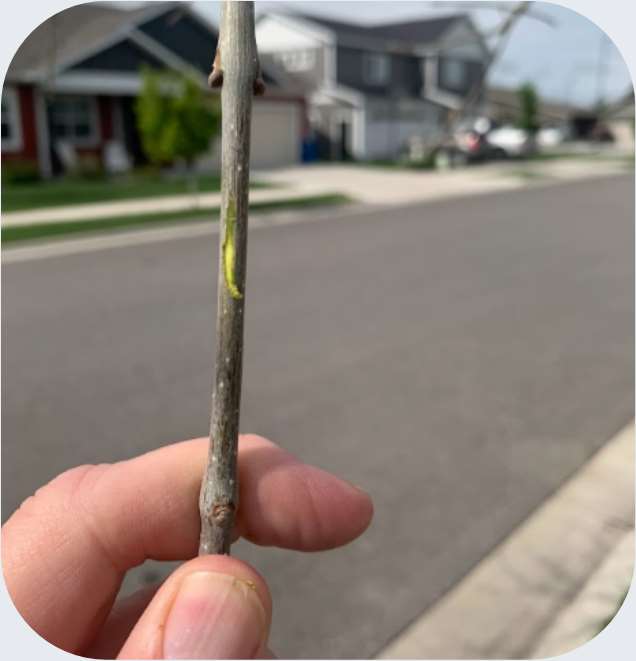
DO A SCRATCH TEST
Temps warmed up quickly this Spring and some plants are still trying to leaf out and catch up. Before abandoning hope, perform a small scratch test to check for live (green) tissue. You can prune dead wood out of plants any time of the year, so make sure it’s actually dead first.
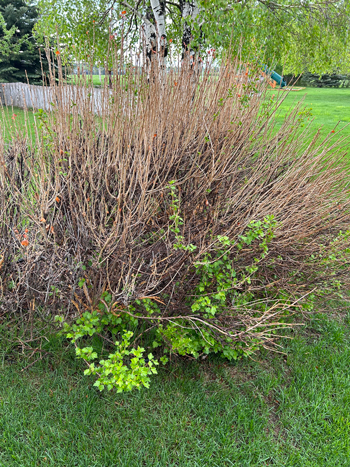
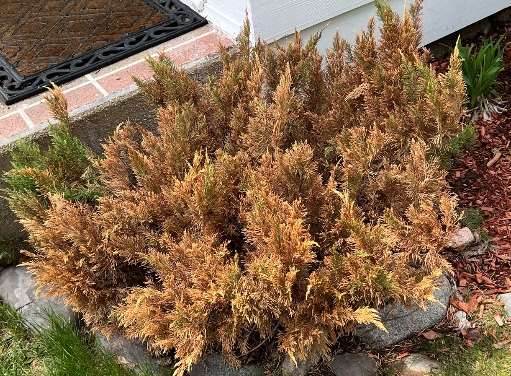
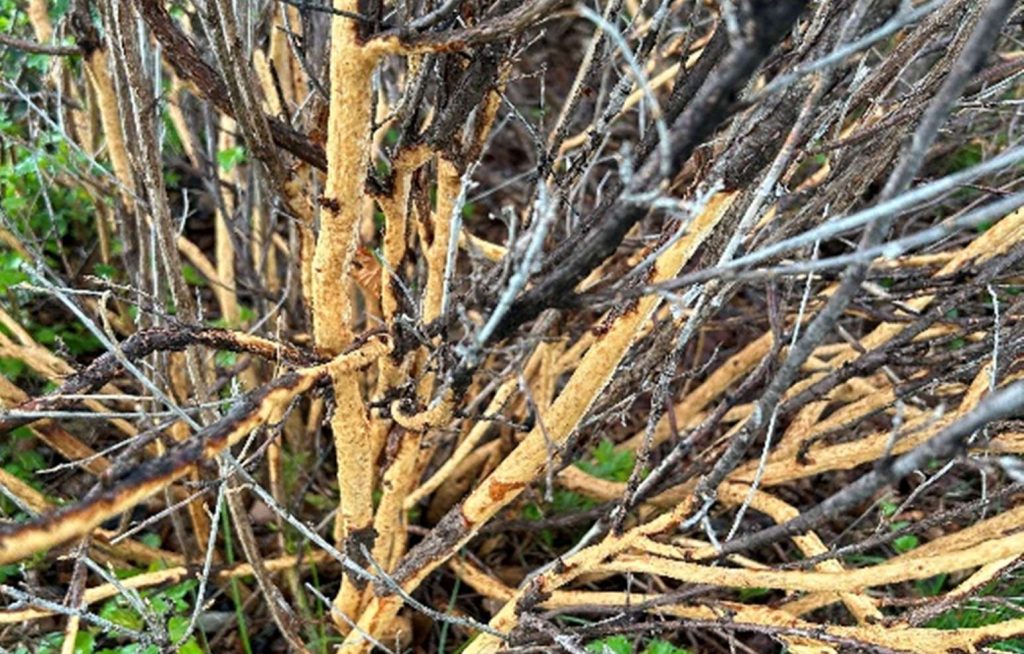
VOLE+RABBIT DAMAGE
Rodents chew bark from trunks, branches, and roots of trees and shrubs. Complete girdling (full circumference) will result in death of the plant beyond the injury.
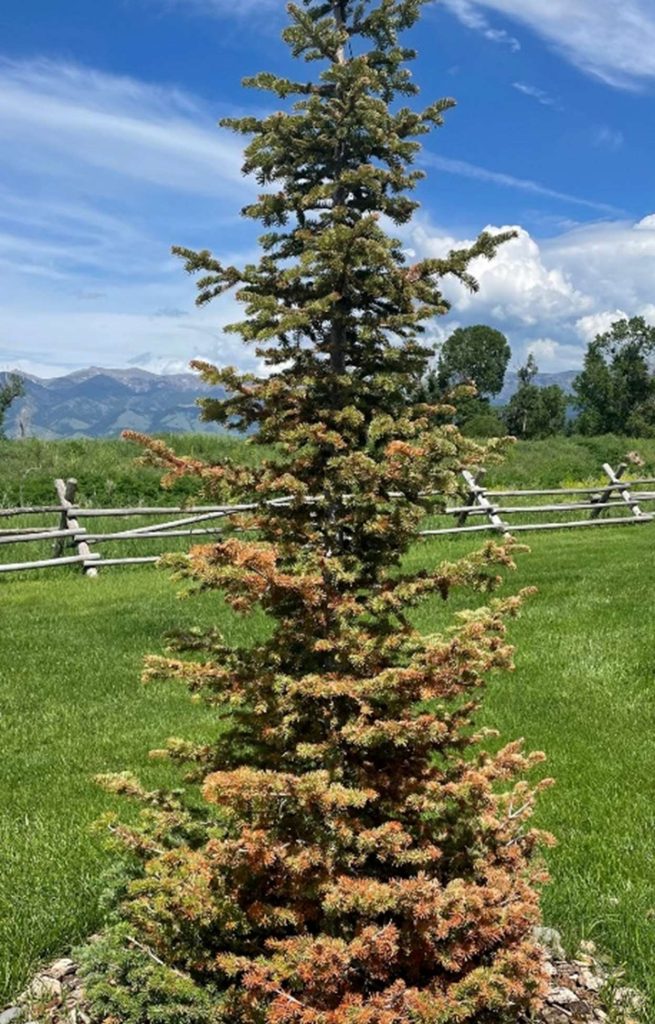
WINTER BURN
Drought injury occurs when plants lose moisture at a rate faster than their roots can replenish from frozen soil. Results in red, yellow, or brown discoloration, especially on the South/Southwest sides exposed to sun & wind. Soft, green new growth signals recovery.

You may view, print or download the pdf of this article here: Plant Damage
Stay in the Know- Subscribe to MSU Extensions Urban Update to receive notifications on local plant problems.
Damage to mature trees? Contact your local arbor service for treatment options.

